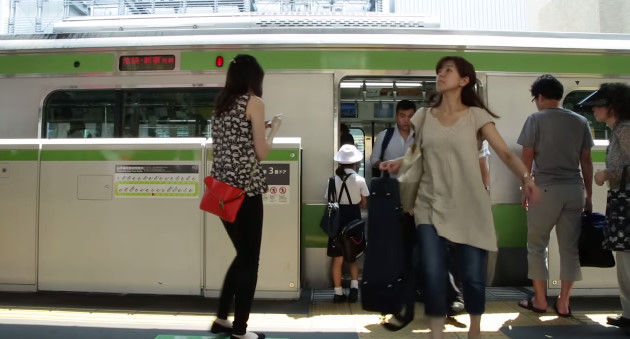Something gives me the feeling we're living in watershed years. Fossil fuel companies are smarting. That's nothing new: fossil fuels are prone to booms and brutal busts through their history. What is new is the relentless rise of what used to be called "alternative" energy, but what is set to become the energy source: Renewables are slated to be the main game way sooner than you may think.
In another realm, the power of the nation state is waning. You only have to look at trade agreements like TTIP and the TPP to see evidence of the rising power of transnational corporations. And when coal kings put a billion dollars into an election, you can see how so many have proclaimed the death of democracy.
But there's pushback. Most notably, mayors have decided to not wait for their national governments to start moving toward a zero-carbon future. They are supporting each other through collectives such as the C40 Cities Climate Leadership Group, the Compact of Mayors and other organisations.
And they are moving to circumvent the national gridlock.
In one notable example, they are starting to reclaim the city streets from the dominance of the car. Cars and car culture have managed to - let's be blunt - ruin our cities. Downtowns are clogged with traffic, to the point that ambulances and firetrucks can't do their live-saving work. Tailpipes emit a cocktail of toxic fumes that are a danger to public health. Highways have fractured cities into divided neighbourhoods. Cities stink, in more than one way.
And yet, cities are attracting more and more people. Accomodating them requires thinking out of the box: in particular, mayors and city councils need to think outside the box with four wheels..
Recently, Anne Hidalgo, the mayor of Paris, has laid out a bold plan to “give Parisians back the space that cars have taken from them.” She is going to turn roads along the Seine into pedestrian zones. She will remove 55,000 parking spots from Paris' streets every year. And even before the VW diesel scandal broke out, she already had a scheme in place to ban all diesel cars from the city by 2020.
“We are leading a more global fight against the monopoly held by cars in our city and in our lives,” she declares. “We want to create a peaceful city, free from the hegemony of private cars, to give public transit, bicycles, and pedestrians their rightful places. Reducing car traffic will help make Paris more pleasant and more full of life.”
Across the Atlantic, Enrique Peñalosa has garmered fame - or notoriety, depending on your outlook - by pushing back on car dominance in Bogotá, starting with the outlawing of parking on the city's sidewalks, which he regarded as a sign of a "lack of democracy".
Peñalosa's traffic policies are explicity driven by a sense of social justice: "A bikeway is a symbol that shows that a citizen on a $30 bicycle is equally important as a citizen on a $30,000 car." He has lots of pithy things to say about taking back the city from the car, and they seem to resonate with people all over the world, as I keep running into his quotes. The one that particularly resonates with me is this:
"Children are a kind of indicator species. If we can build a successful city for children, we will have a successful city for all people."
By that standard, Tokyo is doing pretty well: Children as young as eight navigate the subway system by themselves, and when school comes out the subway trains are crowded with school uniforms. This not only means an invaluable way for the young people to exercise independence, it also keeps thousands of their parents' cars off the crowded roads.

From "Japan's Independent Children"
Even in the United States, the bulwark of car culture, a subtle shift can be perceived by those who look. Last year Paul Trombino, the head of Iowa's Department of Transportation, has quietly made history by calling for a stop on the building of new highways in the state.
And Sylvester Turner, the new mayor of Houston (Houston!) has said, in his inaugural speech, that the city needs a whole new approach to transportation. Merely building new highways isn't going to do the job of moving more people: Turner cites the case of the Katy Freeway, which is now 26 lanes wide in places and still gets hopelessly snarled, neatly demonstrating the law of induced demand.
New York City sidewalks have always been heavily used by pedestrians, but they have had to share the space with garbage bags, hawkers and, most recently, mountains of snow deposited not only by blizzard Jonas, but also by snow ploughs clearing the streets, which still means mostly the car lanes.
In response, New York council member Helen Rosenthal has made the common-sense but stunning proposal to clear sidewalks and bike paths before car lanes: “As we move towards Vision Zero, we'll have to think about the order of operations to move away from a car-centric perspective.”
As they say, Shift Happens.
You may also like:
1. Ten Ways to Calm Car Traffic
2. Urban Design and Traffic
3. How the Dutch got their Bicycle Paths


No comments:
Post a Comment
You have an opinion: Let's hear it.
(Comments are moderated; please be patient).